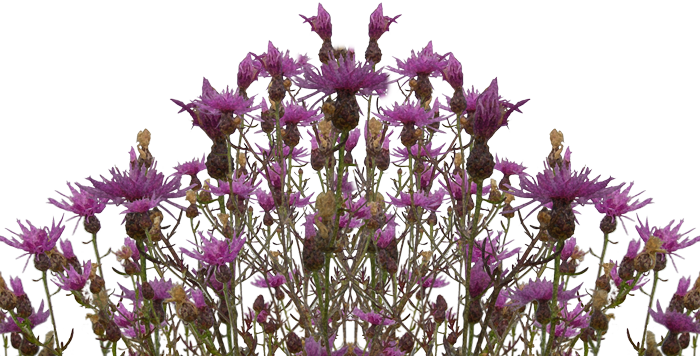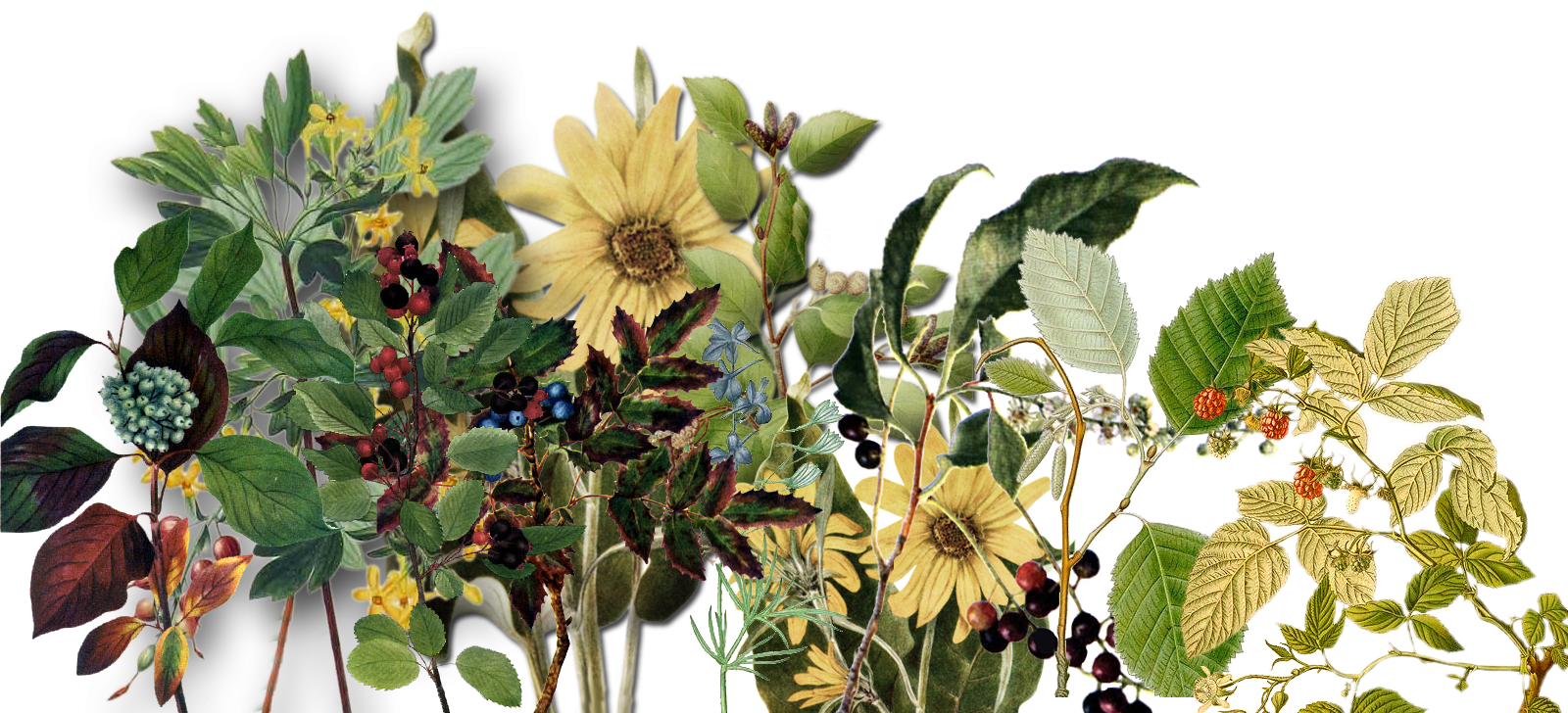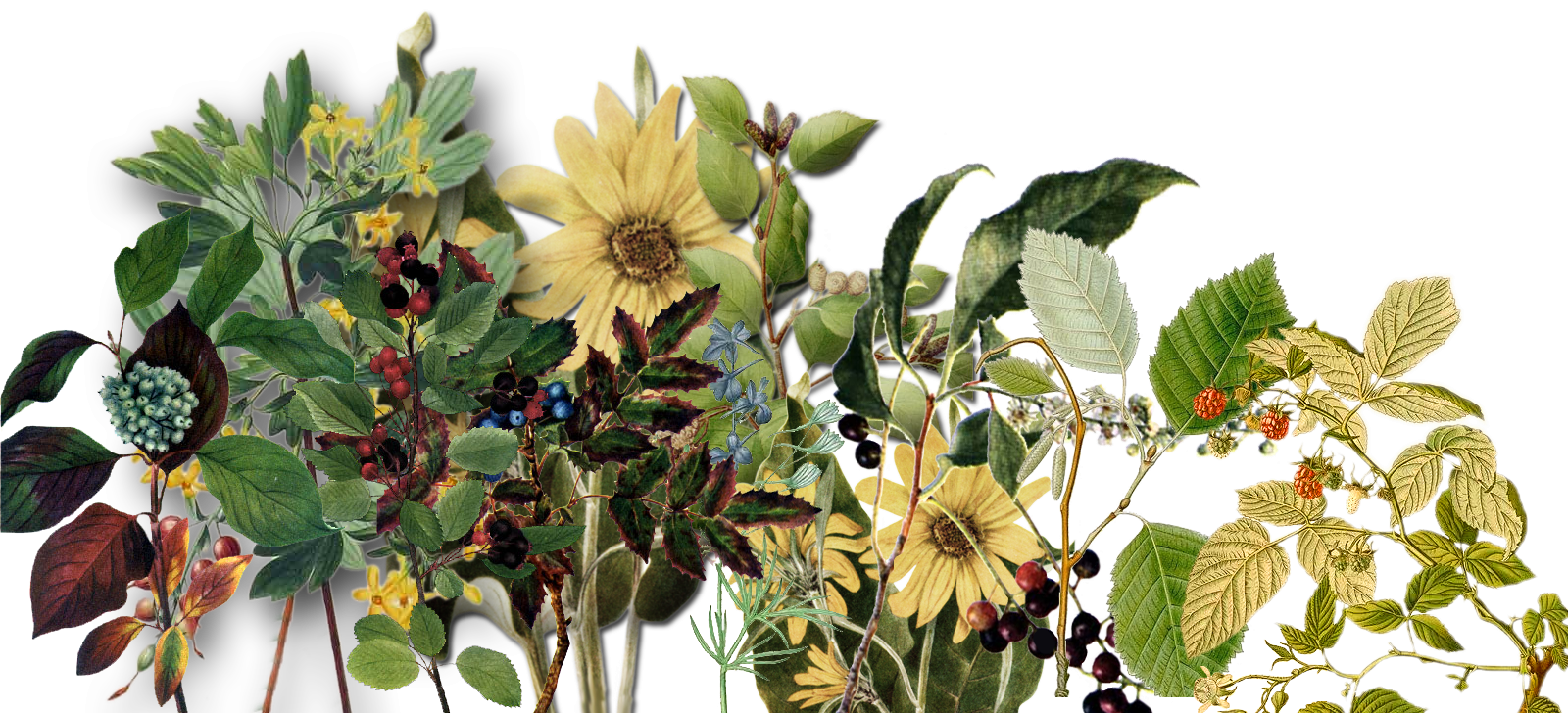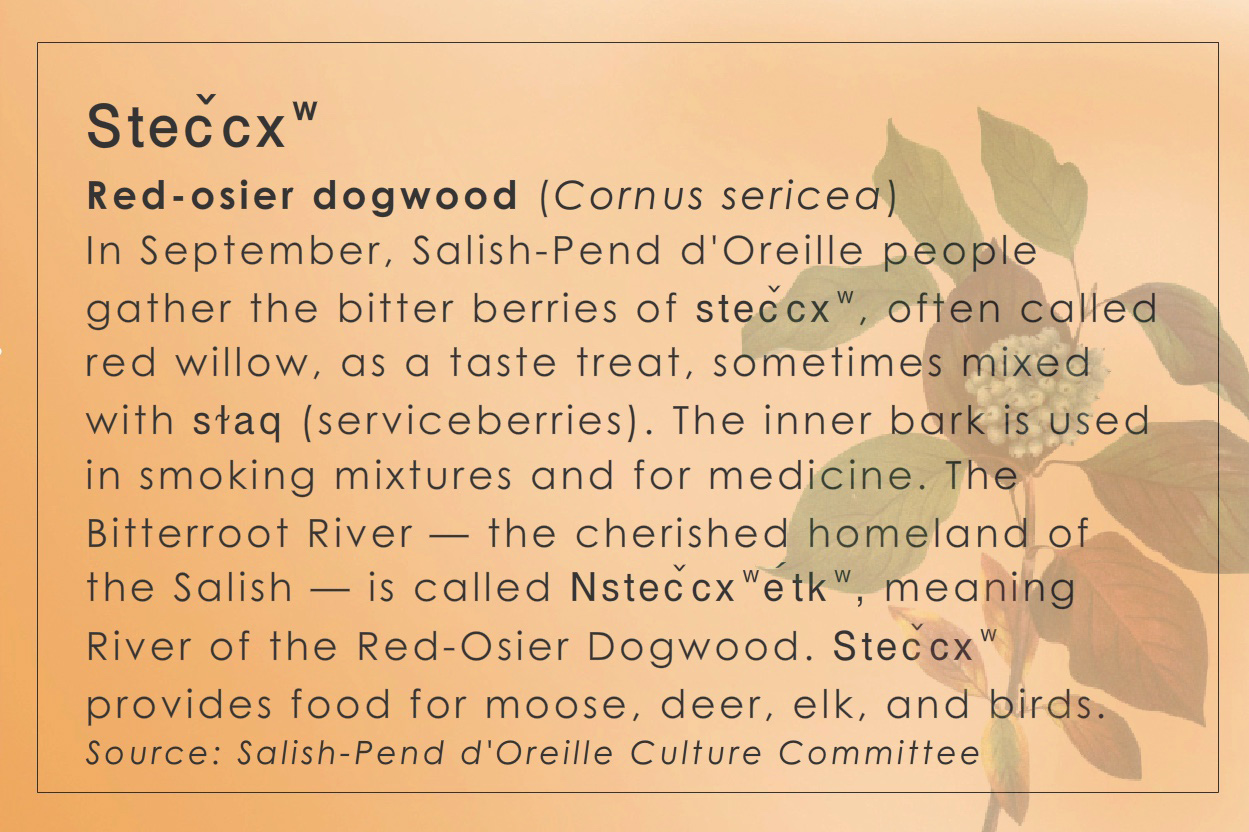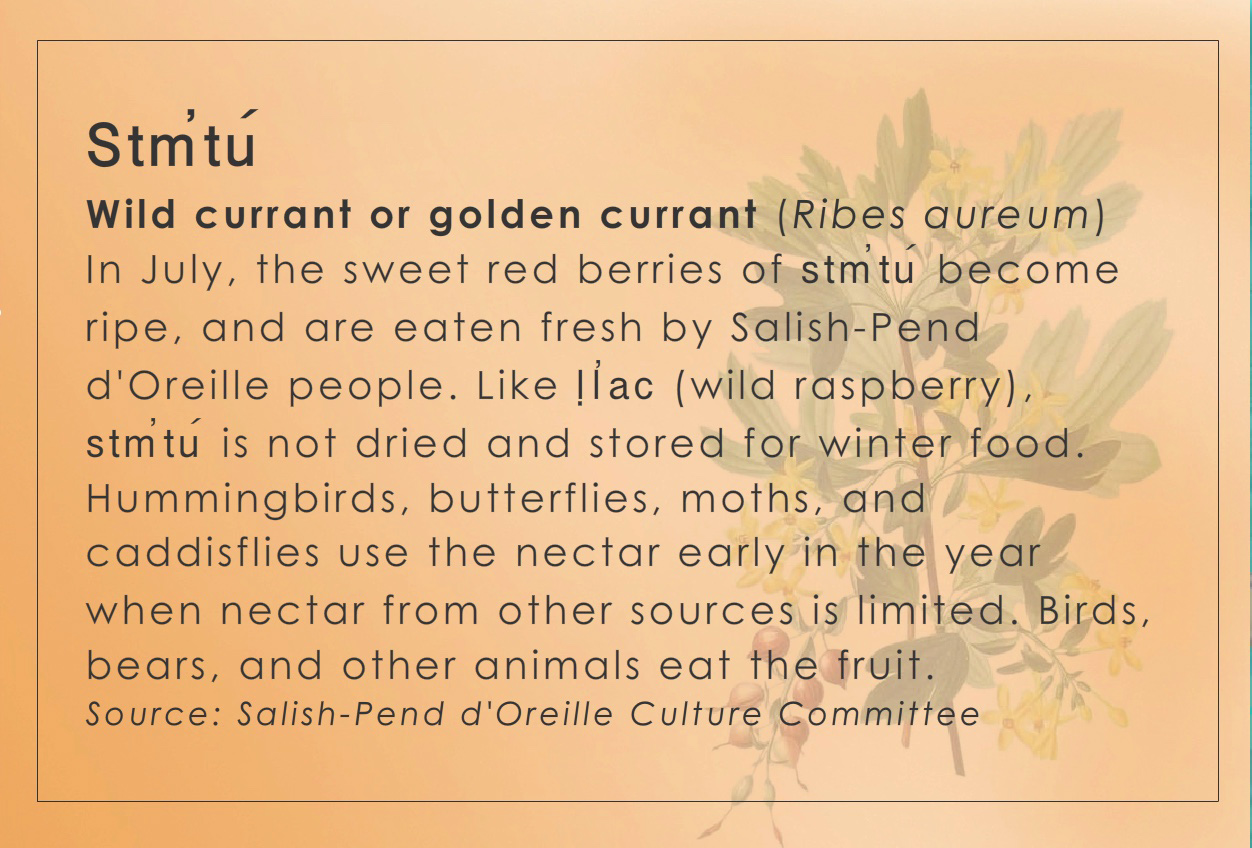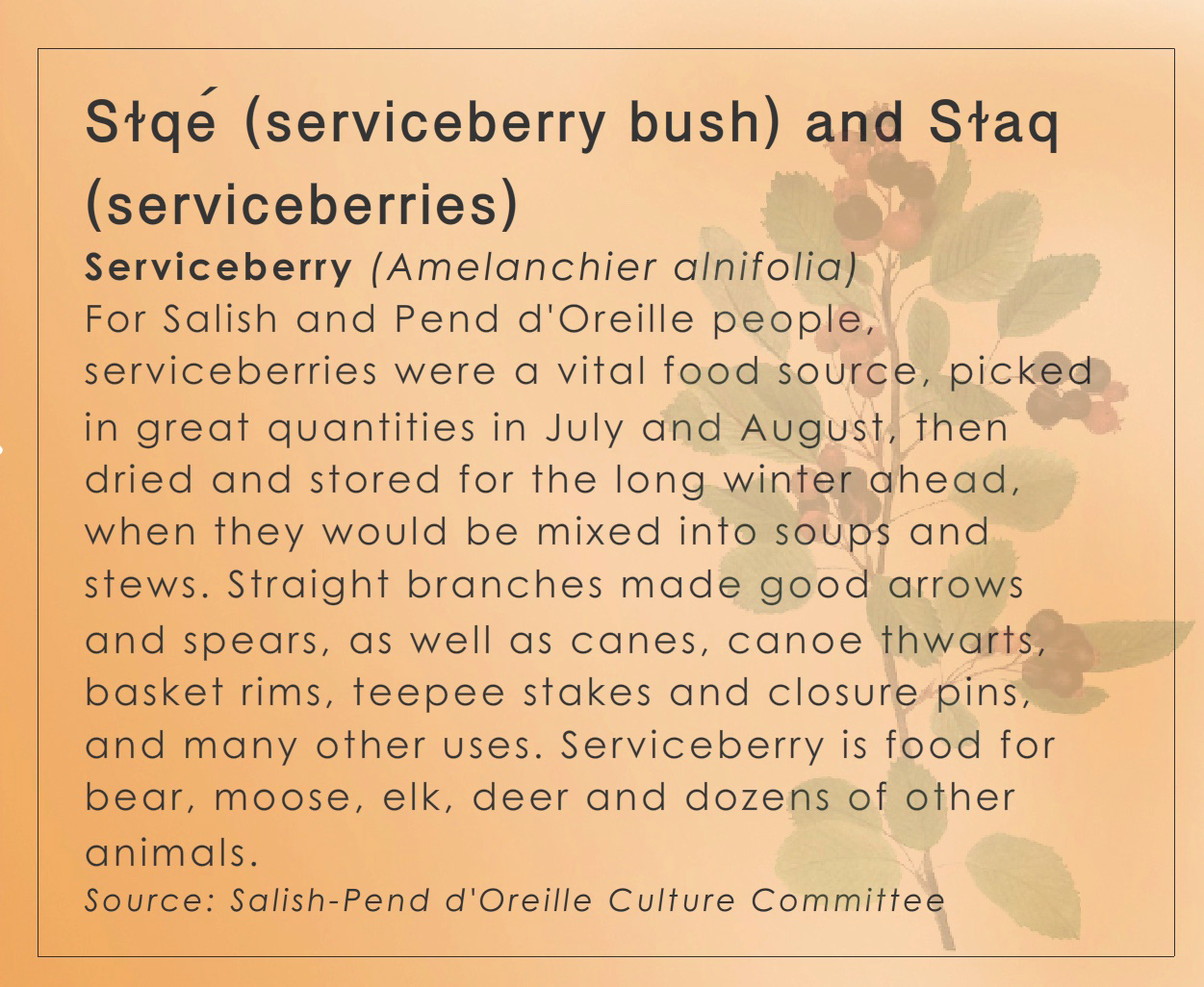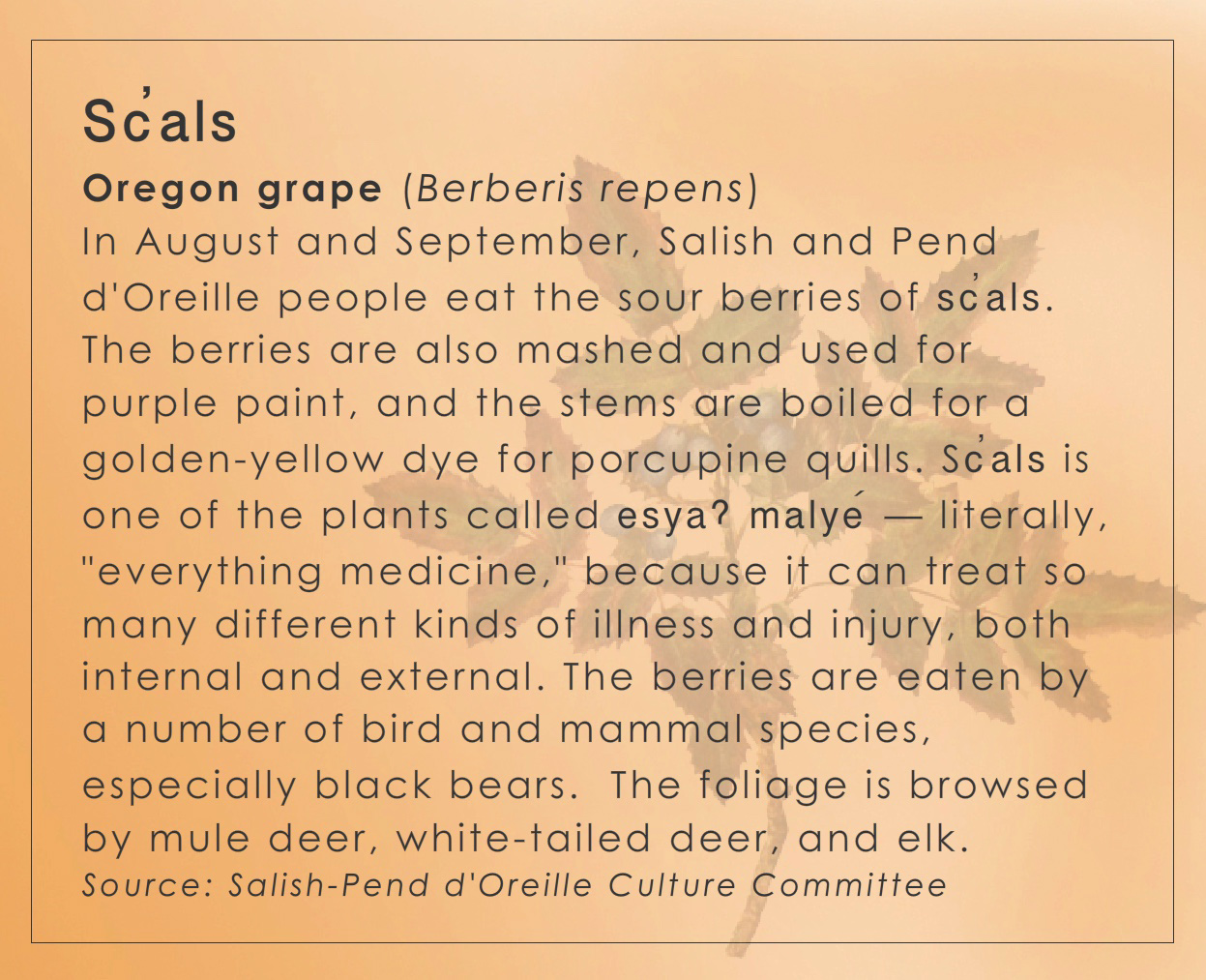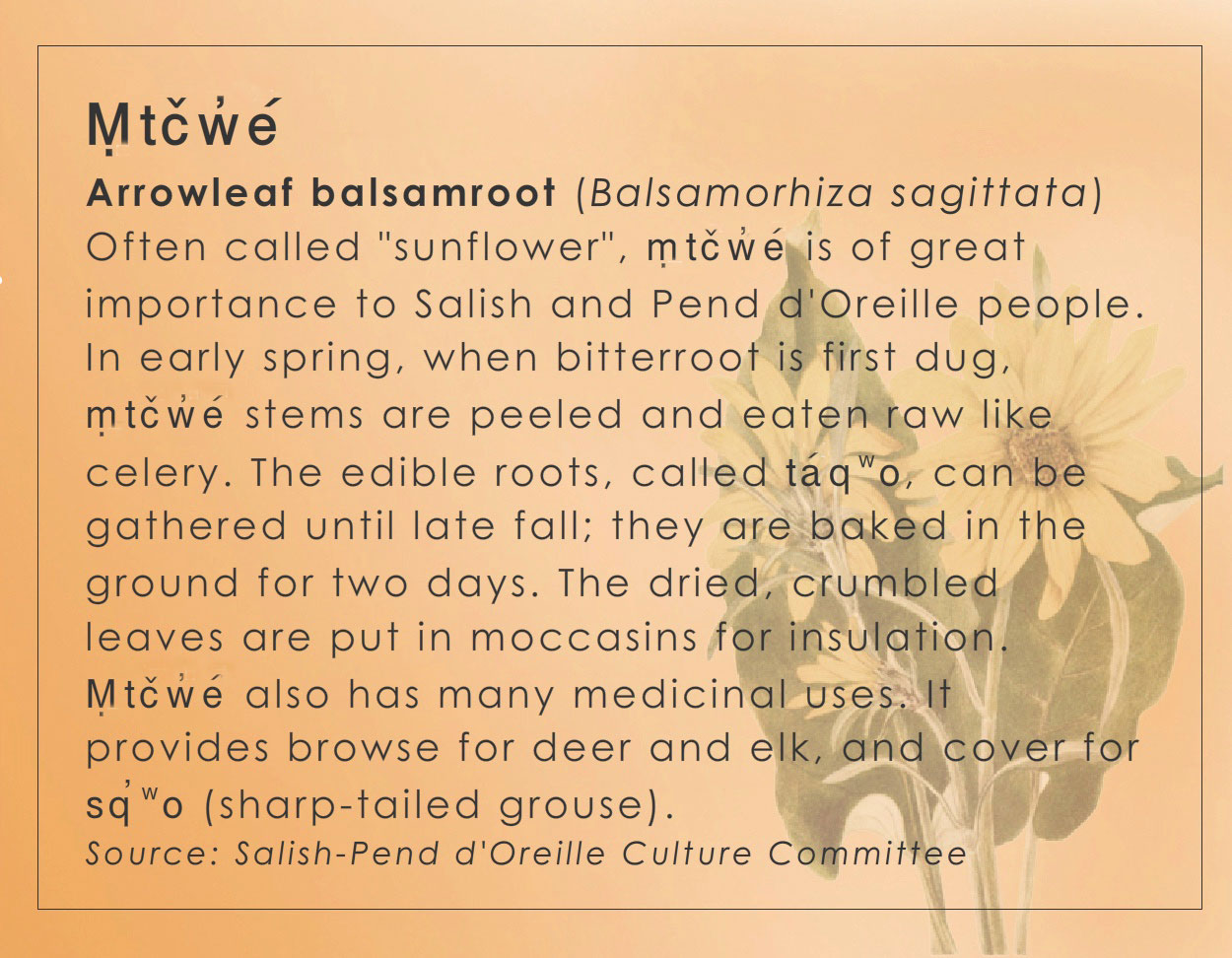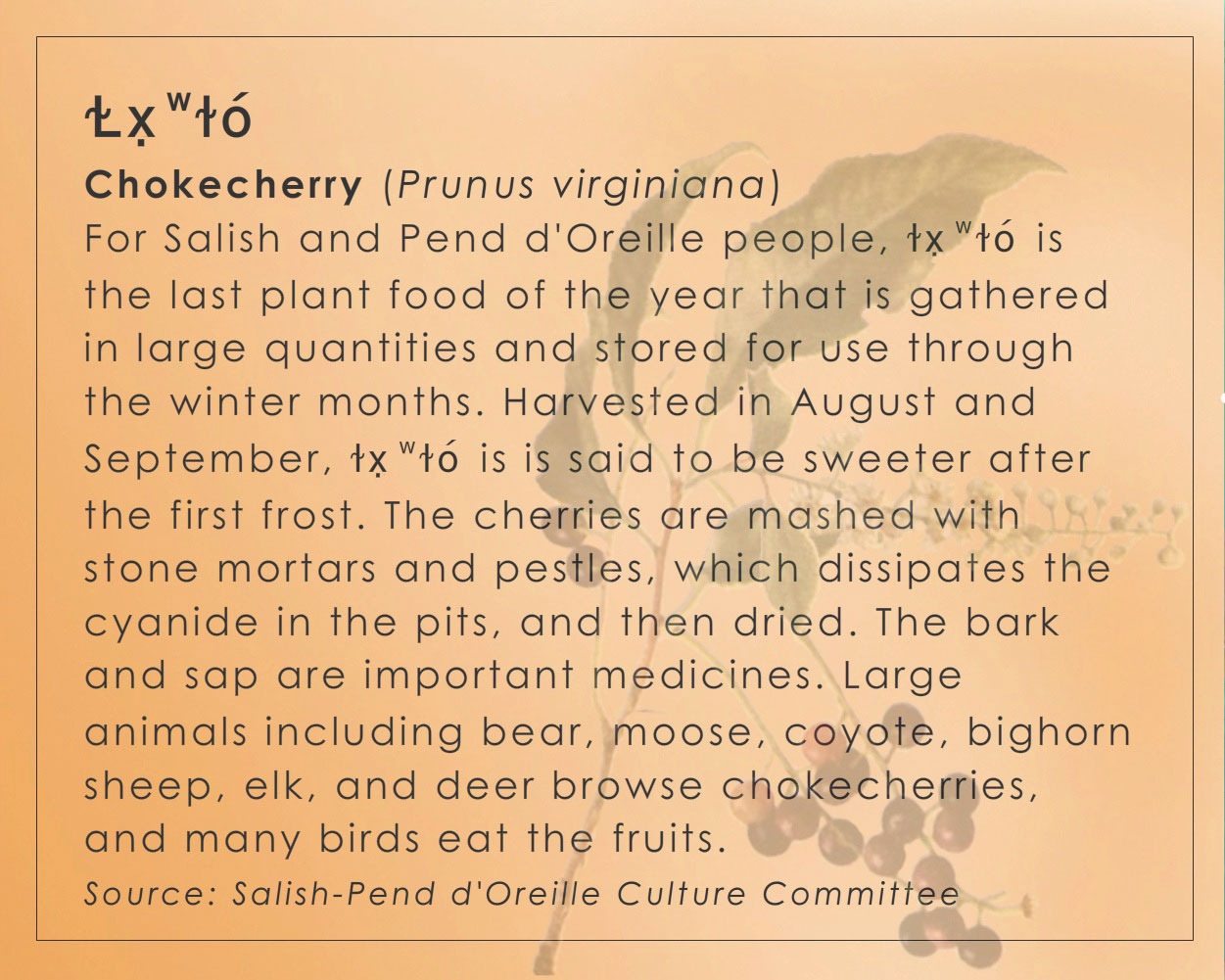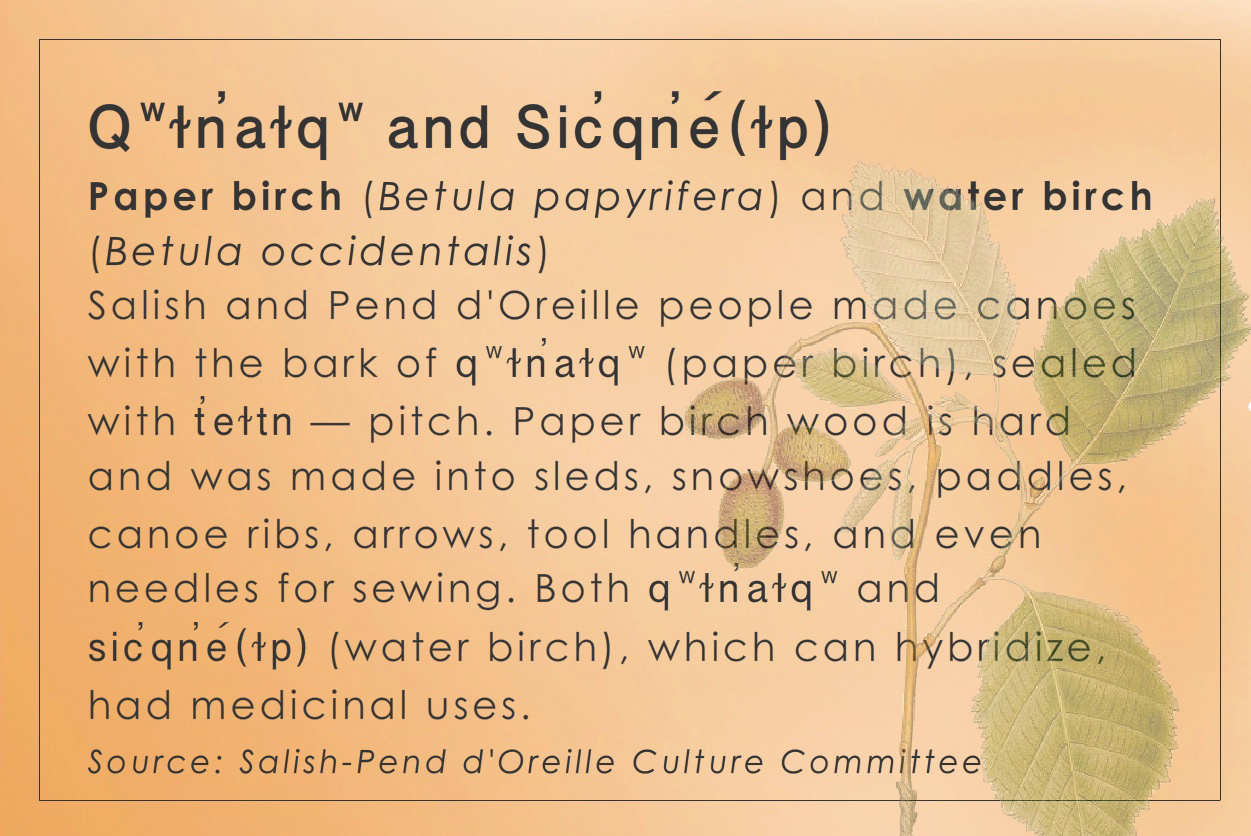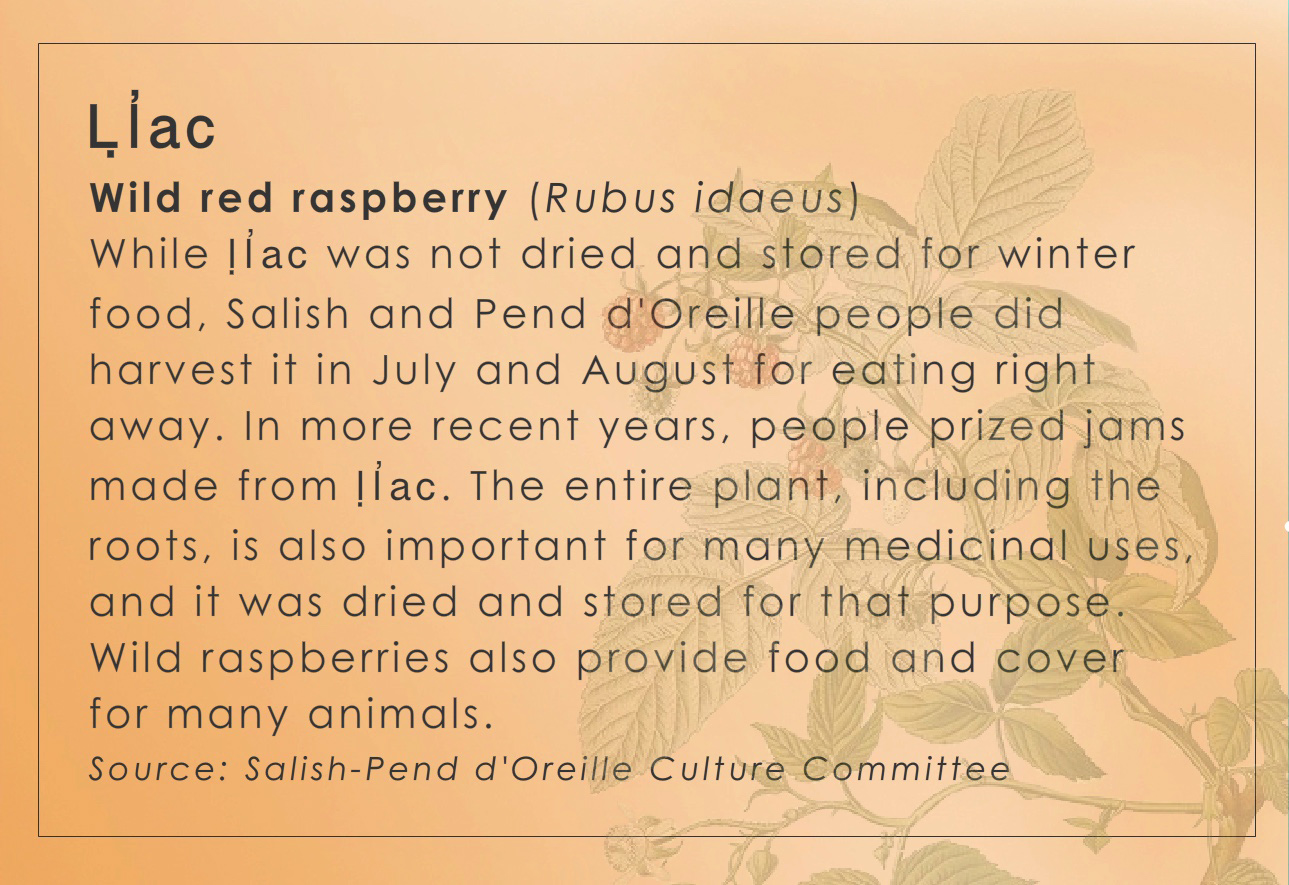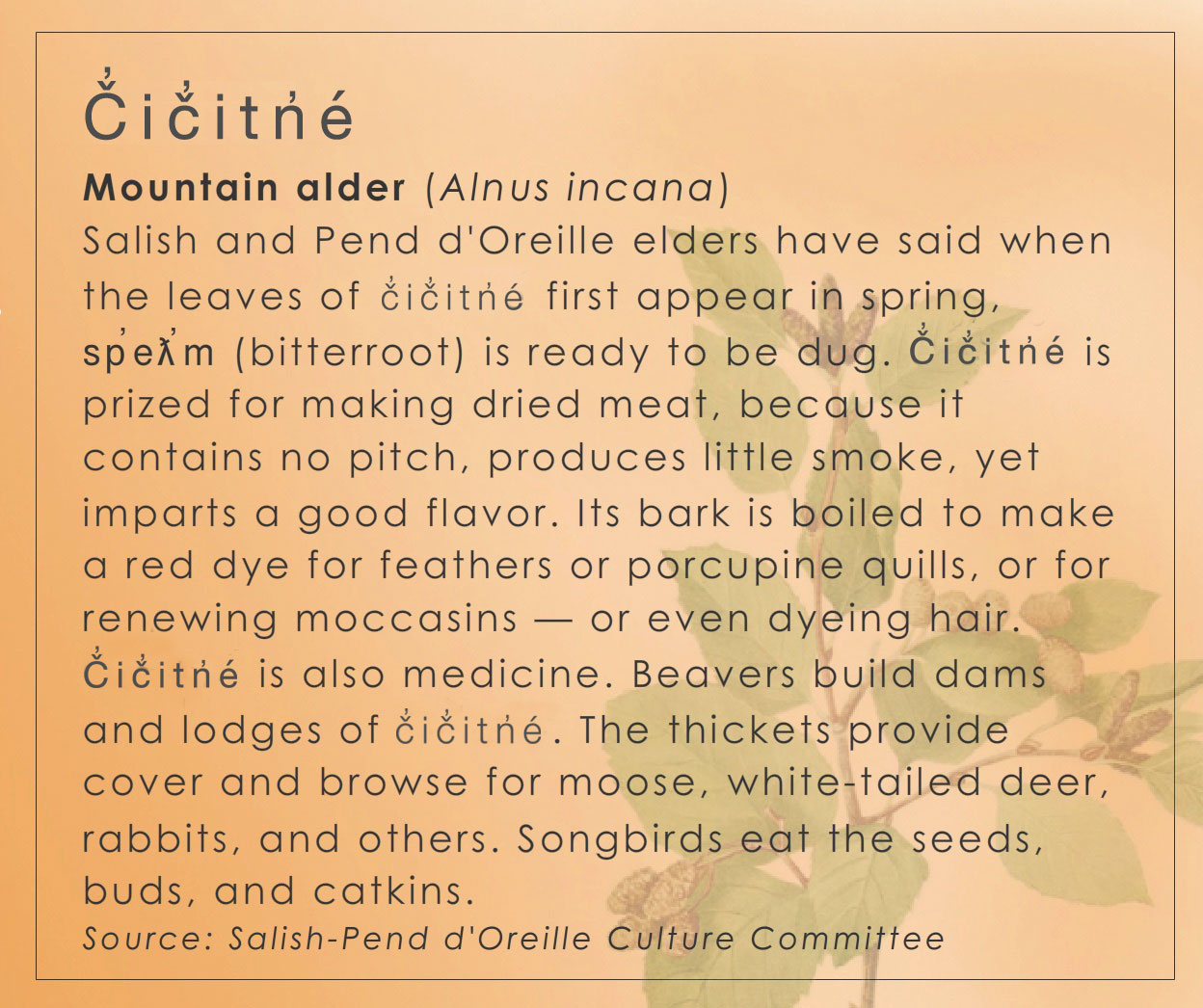Healthy Riparian Habitat is Native
Healthy Riparian Habitat is Native
The native riparian species of the Jocko have evolved with other plants and animals of the Jocko . and have developed complex relationships with them. The maintenance of native plant communities is vital to the survival of native fish and wildlife communities and fundamental ecological processes in the Jocko. Click on the native or non-native button below to see which community you prefer.
Click a Number to Learn More About that Native Plant
Healthy Riparian Habitat is Native
The native riparian species of the Jocko have evolved with other plants and animals of the Jocko . and have developed complex relationships with them. The maintenance of native plant communities is vital to the survival of native fish and wildlife communities and fundamental ecological processes in the Jocko. Click on the native or non-native button below to see which community you prefer.
Click a Number to Learn More About that Native Plant
What are the Benefits of Native Riparian Vegetation
Fish and Wildlife
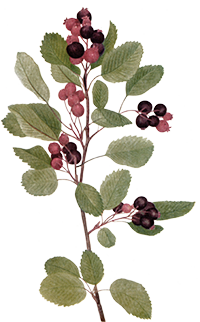
If you are a bear and all you see is knapweed, what are you going to eat?
Culture
Cultural plants are, by definition, native plants. Important food and medicine plants and plants used for other purposes by the Salish, Kootenai, and Pend d'Oreille once grew in abundance in the Jocko. But their numbers have declined in many places because of invasive non-native species and impacts associated with overgrazing. The maintenance of traditional Tribal culture depends on maintenance of native plant communities.
The Problem with Weeds
Invasive alien plants pose a serious threat to biodiversity. Due to a lack of natural controls such as insect pests and competitors, some alien plants easily become established in new areas. Once established, they can out compete and displace the native plant species and form a monoculture (a large area dominated by a single plant). Fish and wildlife suffer.
Disturbances of intact ecosystems that open and fragment habitat, such as land clearing activities and overgrazing, increase the potential for invasion by alien species. Many invasive plants spread quickly and grow so densely that native species cannot re-established themselves. Even without disturbance, native plants can be crowded out by invasive species. Endangered fish and wildlife can be driven from their last habitats by invasive alien plants. Aquatic invasive species can clog waterways, disrupt groundwater flows, degrade water quality. Anyway you look at it, it is best to protect native plants and avoid spreading weeds.

What are the Benefits of Native Riparian Vegetation
Fish and Wildlife

If you are a bear and all you see is knapweed, what are you going to eat?
Culture
Cultural plants are, by definition, native plants. Important food and medicine plants and plants used for other purposes by the Salish, Kootenai, and Pend d'Oreille once grew in abundance in the Jocko. But their numbers have declined in many places because of invasive non-native species and impacts associated with overgrazing. The maintenance of traditional Tribal culture depends on maintenance of native plant communities.
The Problem with Weeds
Invasive alien plants pose a serious threat to biodiversity. Due to a lack of natural controls such as insect pests and competitors, some alien plants easily become established in new areas. Once established, they can out compete and displace the native plant species and form a monoculture (a large area dominated by a single plant). Fish and wildlife suffer.
Disturbances of intact ecosystems that open and fragment habitat, such as land clearing activities and overgrazing, increase the potential for invasion by alien species. Many invasive plants spread quickly and grow so densely that native species cannot re-established themselves. Even without disturbance, native plants can be crowded out by invasive species. Endangered fish and wildlife can be driven from their last habitats by invasive alien plants. Aquatic invasive species can clog waterways, disrupt groundwater flows, degrade water quality. Anyway you look at it, it is best to protect native plants and avoid spreading weeds.
